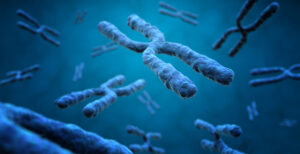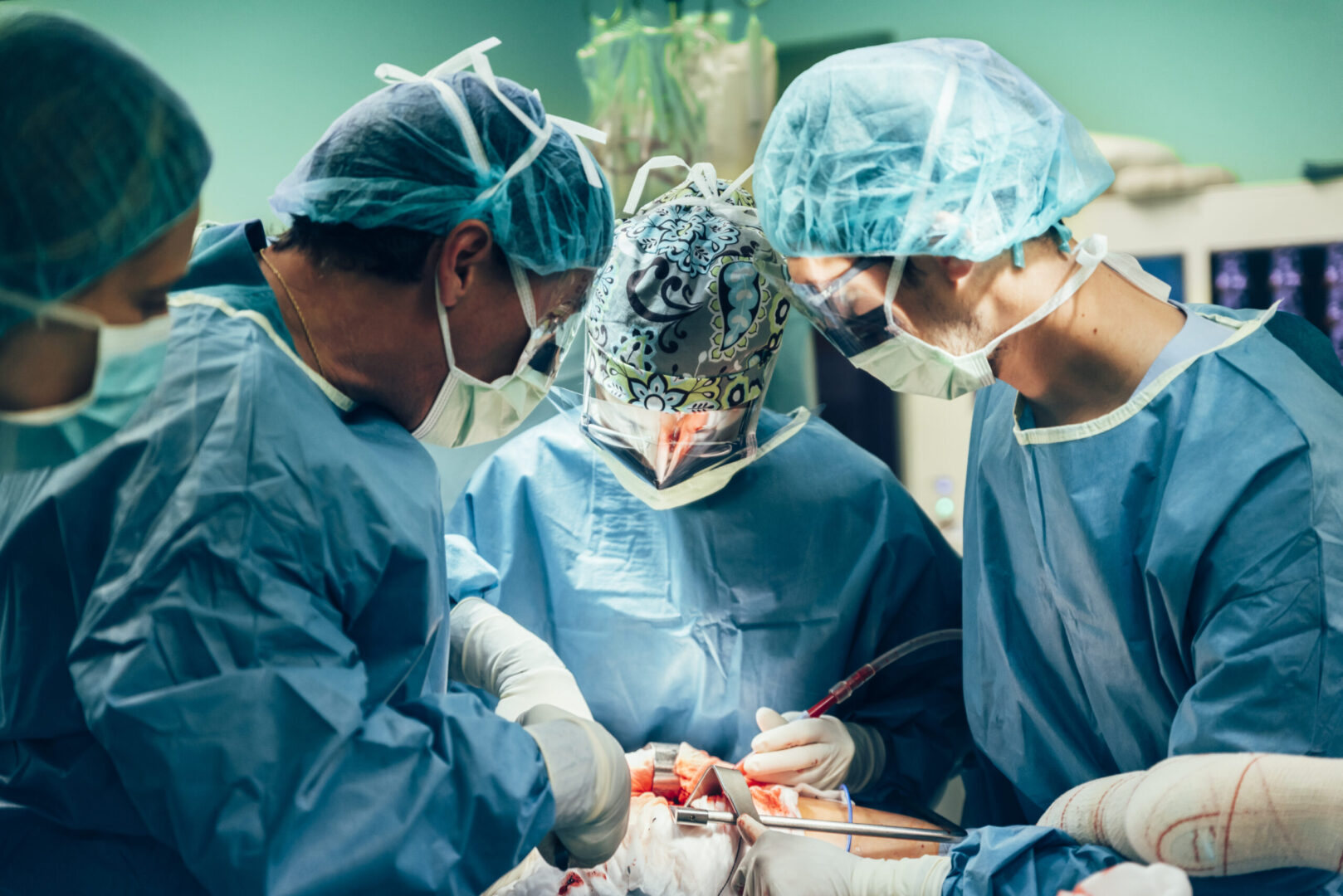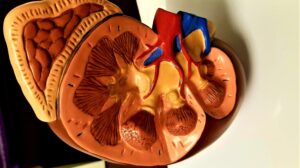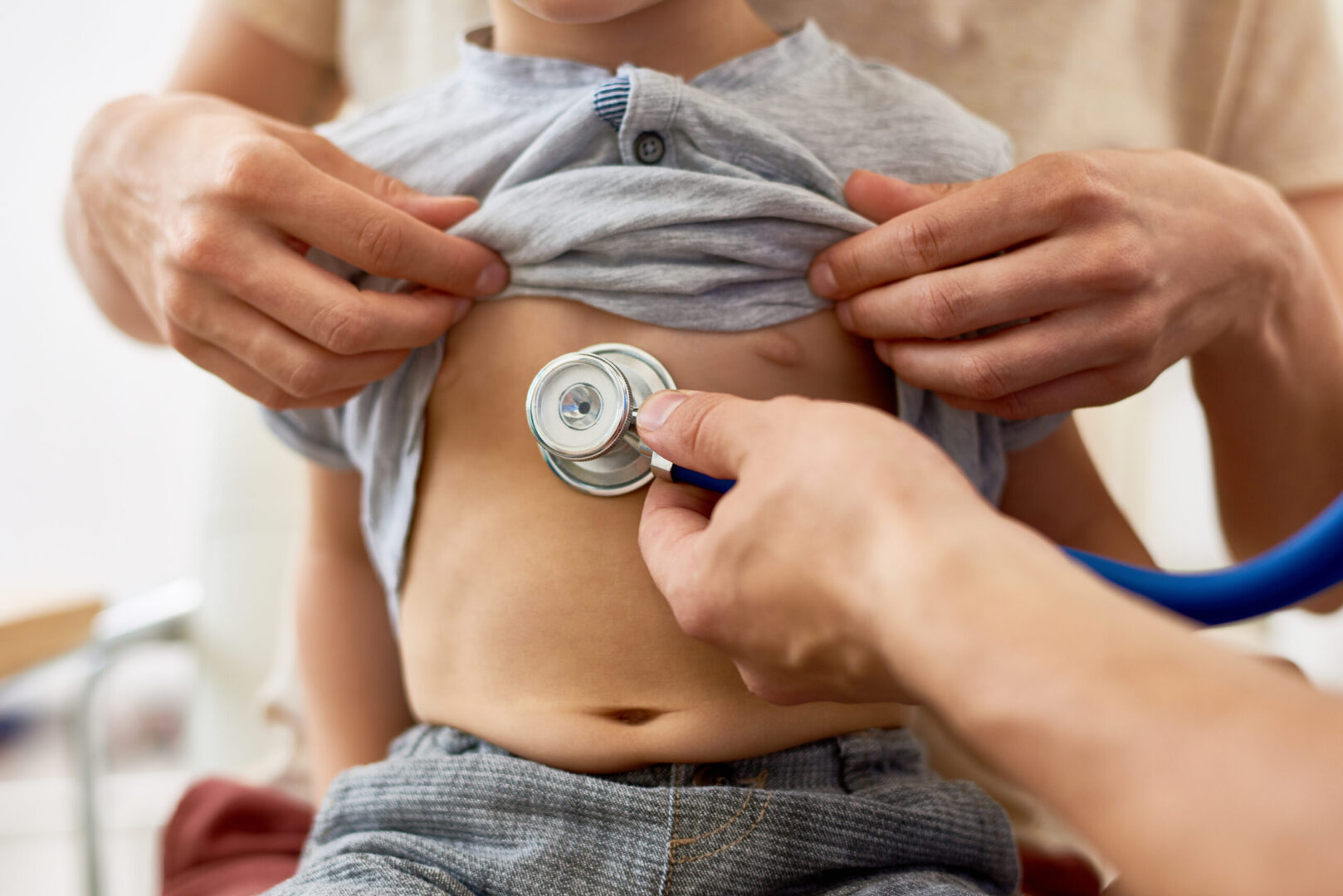Learning objectives
- Describe CHARGE syndrome
- Outline the major, minor, and occasional criteria to diagnose CHARGE syndrome
- Anesthetic management of a pediatric patient with CHARGE syndrome
Definition and mechanisms
- CHARGE syndrome is a rare genetic syndrome with a known pattern of features
- C: Coloboma of the eye
- H: Heart defects (e.g., most common tetralogy of Fallot, ventricular septal defect, atrioventricular canal defect, and aortic arch anomalies)
- A: Atresia of the nasal choanae
- R: Retardation of growth and development
- G: Genital and/or urinary abnormalities (e.g., hypogonadism)
- E: Ear abnormalities and deafness
- These features are no longer used in making the diagnosis
Diagnosis, signs and symptoms, and complications
Individuals with all four major characteristics or three major and three minor characteristics are highly likely to have CHARGE syndrome
| Features of CHARGE syndrome | Later childhood/adolescent complications |
|---|---|
| Major | |
| Coloboma of the eye | Photophobia, retinal detachment, corneal abrasions |
| Choanal atresia/stenosis | Facial growth problems, recurrent closure and resurgeries, unilateral nasal discharge |
| Cranial nerve anomalies | Feeding/swallowing problems, gastroesophageal reflux, hiatus hernia |
| Abnormalities of the inner, middle, or external ear | Progressive hearing loss, chronic middle ear infections, vestibular problems affecting balance and/or motor skills |
| Minor | |
| Cardiovascular malformations: Tetralogy of Fallot, ventricular septal defect, atriventricular canal defect, and aortic arch anomalies | Arrhythmias, angina, further cardiac surgeries |
| Genital hypoplasia or delayed pubertal development: Micropenis and cryptorchidism (males), hypoplastic labia (females) | Pubertal delay, hormone replacement, fertility (unsure), hypogonadotrophic hypogonadism, osteoporosis |
| Cleft lip and/or palate | Cosmetic concerns, self-image |
| Tracheoesophageal defects: Tracheoesophageal fistula | Reflux esophagitis, feeding/swallowing problems |
| Distinctive CHARGE facies: Square face, broad forehead, arched eyebrows, large eyes, droopy eyelids, small mouth and chin, asymmetrical face | Cosmetic concerns, self-image |
| Growth retardation: Short stature | Growth hormone replacement, obesity |
| Developmental delay: Delayed motor milestones, language delay, mental retardation | Educational, behavioral, social adjustment issues, autistic-like problems, obsessive compulsive disorders, ADHD |
| Occasional | |
| Renal anomalies: Duplex system, vesicoureteric reflux | Renal failure |
| Spinal anomalies: Scoliosis, osteoporosis | Scoliosis |
| Hand anomalies; Fifth finger clinodactyly, camptodactyly, and cutaneous syndactyly | Fine motor problems, cosmetic concern |
| Neck/shoulder anomalies: Sloping, Sprengel’s deformity, kyphosis | Self-image problem |
| Immune system disorders | Recurrent infections |
Causes
- A genetic mutation of the CHD7 gene on chromosome 8, autosomal dominant inheritance
- In rare cases, patients do not have a CHD7 mutation or have a mutation of another gene in their DNA
Treatment
Treatment is unique per patient and focuses on improving symptoms
- Surgery to repair cleft lip or palate, cardiovascular problems, or atresia
- Occupational, physical, or speech therapy
- Feeding tube to help with swallowing
- Ventilator or CPAP to improve breathing difficulties or obstructive sleep apnea
- Hearing aids or implants to improve hearing loss
- Supportive education to improve cognitive development
- Medicine to treat specific symptoms
Management
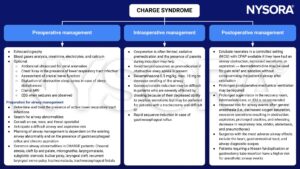
Keep in mind
- Do have a formal cardiac evaluation for patients with choanal atresia
- Do plan an anesthetic that results in calm, spontaneous breathing with a patent airway after the procedure
- Do not be surprised by difficult intubation and difficult mask ventilation
Suggested reading
- Houck PJ. CHARGE SYNDROME. In: Houck PJ, Haché M, Sun LS. eds. Handbook of Pediatric Anesthesia. McGraw Hill; 2015. Accessed February 03, 2023. https://accessanesthesiology.mhmedical.com/content.aspx?bookid=1189§ionid=70364146
- Blake KD, Prasad C. CHARGE syndrome. Orphanet J Rare Dis. 2006;1:34.
We would love to hear from you. If you should detect any errors, email us [email protected]




